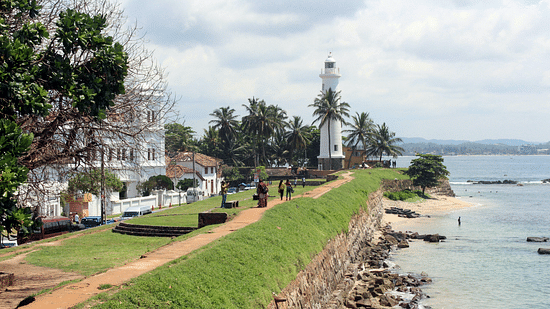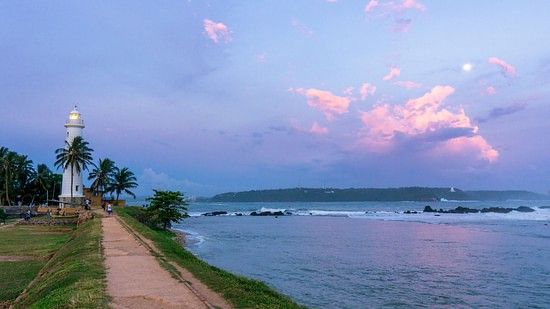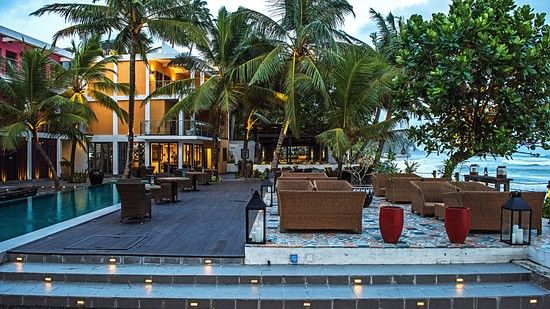- Celebrating Kandy Esala Perahera
- Things to Do in Sri Lankan Monsoon
- Chennai to Sri Lanka Cruise
- Sri Lankan Cuisine
- Sinhala New Year
- Plan the Perfect Family Trip in Sri Lanka
- Wildlife in Sri Lanka
- Hidden Gems of Sri Lanka
- Famous Festivals in Sri Lanka
- The Buddhist History of Galle
- Water Sports in Galle For An Exhilarating Experience
- A Guide to Finding the Best Beaches in Galle
- Best Time to Visit Galle, Sri Lanka
- Happy Holidays? That’s So Sri Lanka!
- Only at OTP
- Sri Lankan Culture and Cuisine
- Botanik Travelogue
- 72 Hours On The South Coast: Island Romance
- A World of Wellness
- Twenty Reasons to Visit the South Coast of Sri Lanka in 2022
- Whale Watching in Sri Lanka
- Shopping For Food In Galle
- Things to do when you visit the OTP Hotel
- Discover Galle, the Old Town of Rich Architecture in Sri Lanka
- Destination Wedding in Galle, Sri Lanka
- Galle Fort: A Masterpiece of Dutch Colonialism
- Fall in Love with the Simplicity of Mihiripenna Beach





The joy of exploring Galle lies in walking down the encircled car-free streets, surrounded by administrative buildings, courts, old bungalows, schools and colleges that date back to colonial times. Most of these historical bungalows have been refurbished to heritage and boutique hotels in Galle. There is not much of traditional Sri Lankan architecture that you can find in Galle, but what you can find is an abundance of Duch architectures in Sri Lanka and traces of British and Portuguese designs.
Set in the backdrop of the Indian Ocean, the lush and beautiful walled enclave of Galle is also home to many stylish cafes and quirky boutiques, several of which are beautifully restored colonial buildings. These tiny spots, along with the historic landmarks and pretty ambience, makes Galle a seducing holiday destination in Sri Lanka for tourists from all over the world.

